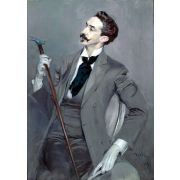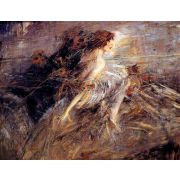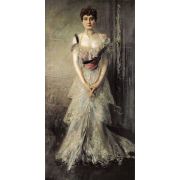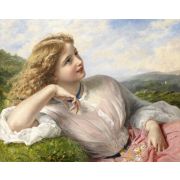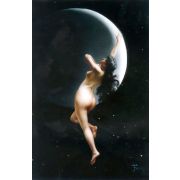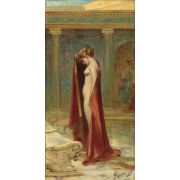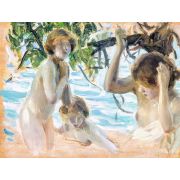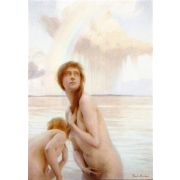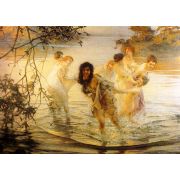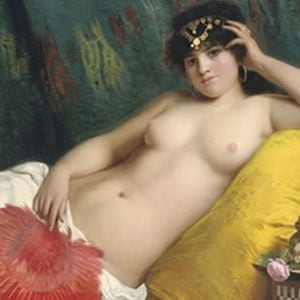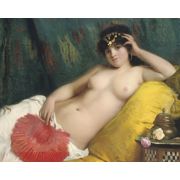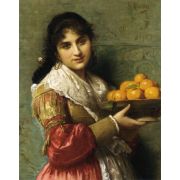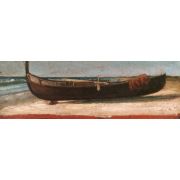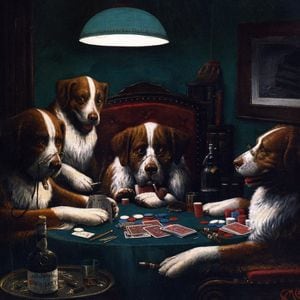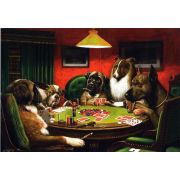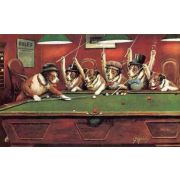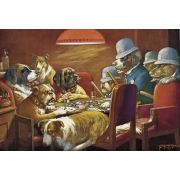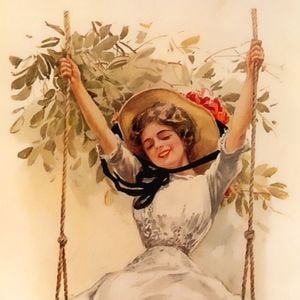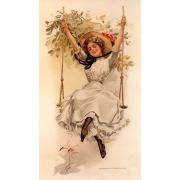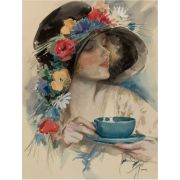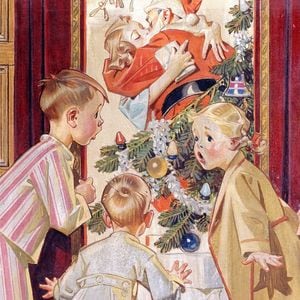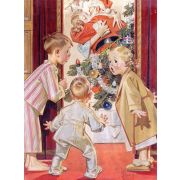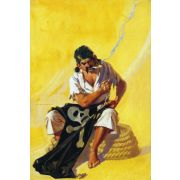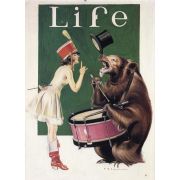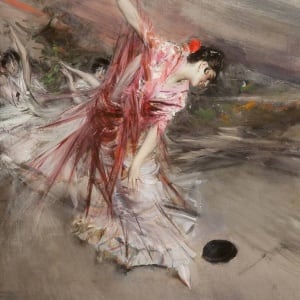
Kitsch
Kitsch
1 to 8 out of 8 artists
Giovanni Boldini
1843 -1931, Italian / Realism , Kitsch , and Impressionism, 441 works
Sophie Gengembre Anderson
1823 -1903, French, Female Artist / Kitsch , Neoclassicism , and Romanticism, 85 works
Giovanni Costa
1833 -1903, Italian / Academic Art and Kitsch, 10 works
Frank Xavier Leyendecker
1877 -1924, German / Kitsch and Art Nouveau, 4 works
1 to 8 out of 8 artists
Kitsch is a German word that means "cheesy" or "tacky." It refers to the art or other things that appeal to popular or uncultivated taste because they are loud or too sentimental. This means that other people think these things are ugly, fake, or in bad taste, but others enjoy or appreciate them ironically or knowingly because they are funny. The word was first used to describe art that was a reaction to some parts of 19th-century art that favored what later art critics would call too much sentimentality and drama. So, "kitsch art" and "sentimental art" are often used together. Because it is funny and ironic, kitsch is also related to the idea of camp.
Using the word "kitsch" to describe a piece of visual art is usually wrong because it suggests that the music is tacky or only serves as a decoration instead of an actual work of art. Thomas Kinkade, who lived from 1958 to 2012, is a leading example of modern kitsch. Art critics often ridiculed his idyllic landscape scenes by calling them "maudlin" and "schmaltzy."
The word is also sometimes used to describe music or writing.
The word "kitsch" came from the art markets of Munich in the 1860s and 1870s, where it was used to describe pictures and sketches that were cheap, popular, and easy to sell. Hans Reimann calls it a "professional expression born in a painter's studio" in his book The Book of Kitsch.
Almost all studies of kitsch were done in German until the 1970s. Walter Benjamin was a well-known scholar in the field.
Hermann Broch, a modernist writer, says that kitsch is about copying what came before it. Kitsch copies what came before it without caring about ethics; it tries to copy what is beautiful, not what is good. Walter Benjamin says that, unlike art, a kitsch is a valuable object without any critical distance between the object and the observer. He says kitsch "offers instant emotional gratification without intellectual effort, without the need for distance, and sublimation."
Kitsch is more about the person looking at something than the thing being looked at. Roger Scruton says, "Kitsch is fake art that expresses fake feelings and is meant to trick the consumer into thinking he feels something deep and serious."
In Kitsch and Art, Tomá Kulka starts with the fact that kitsch "has an undeniable mass appeal" and is "considered (by the art-educated elite) bad." He then comes up with three essential conditions:
The Kitsch movement is an international group of classical painters that started in 1998. It was based on a philosophy proposed by Odd Nerdrum and later explained in his book On Kitsch with the help of Jan-Ove Tuv and others. It combines the techniques of the Old Masters with narrative, romanticism, and emotionally charged imagery.
Some composing music, like Epic music, is seen as kitschy because they are too romantic or hard to listen to.

